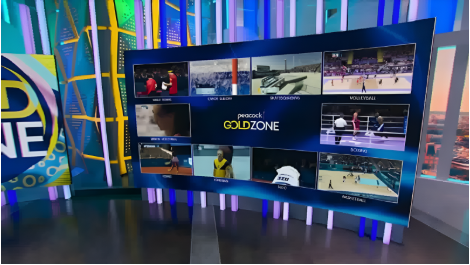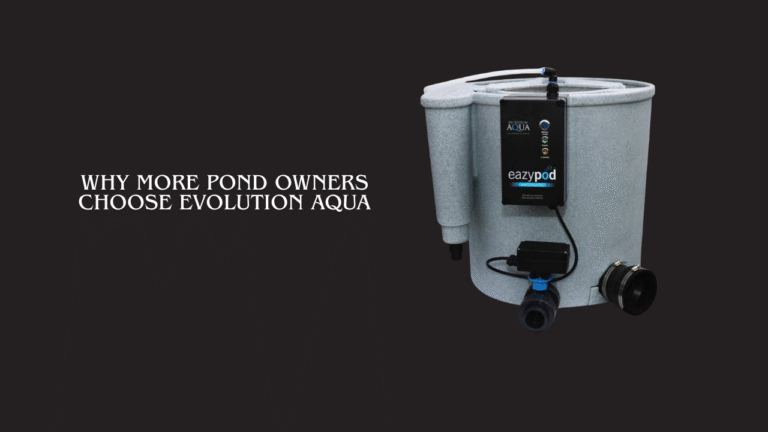Video&A: Turning Videos Into Two-Way Conversations
Video&A is quickly becoming a must-have tool for creators, educators, and businesses. Instead of uploading a regular, one-way video, Video&A transforms content into an interactive experience. Whether you are teaching a class, selling a product, or building a community, this format allows your audience to take part in real time.
Here’s a Quick Info Table for easy reference before we dive into the details:
| Aspect | Details |
|---|---|
| Keyword | Video&A |
| Main Concept | Video content enhanced with interactive elements like Q&A, clickable polls, and responses |
| Target Users | Teachers, marketers, businesses, influencers, webinar hosts |
| Core Benefits | Better engagement, longer watch time, real-time insights |
| Ideal Platforms | YouTube Live, Zoom, Vimeo, Vidyard, Instagram Live |
| Best Applications | Online training, product launches, live streams, sales demos |
| Complexity | Easy for beginners, scalable for pros |
| Result | Higher retention, stronger relationships, and improved conversion rates |
What Exactly is Video&A?
Video&A stands for “Video and Answer,” but it’s more than just asking questions. It’s about making your audience feel included. Instead of just sitting and watching, they can click, vote, ask questions, or even choose what comes next.
Imagine watching a fitness video where you can select which workout you want to try next, or joining a brand’s live product launch and being able to ask a question directly to the presenter. That’s the magic of Video&A — a blend of storytelling and interactivity.
Why People Prefer Interactive Videos
Today’s audiences want more control over what they watch. Video&A gives them that control, which keeps them engaged for longer.
- Engagement Feels Rewarding: People love seeing their question answered or their vote counted.
- Information Feels Personalized: Instead of a one-size-fits-all video, they get a tailored experience.
- More Memorable: When viewers are actively participating, they remember the content better.
This is why interactive content consistently outperforms standard videos in terms of watch time and satisfaction.
Major Benefits of Using Video&A
Video&A isn’t just for fun — it drives real results.
1. Audience Stays Longer
Interactive moments like polls and clickable questions reset viewer attention and keep them from dropping off early.
2. Valuable Audience Insights
You can collect data about what people like, what confuses them, and what they want more of — all in real time.
3. Increased Sales
If you’re selling something, you can add clickable links inside the video that lead straight to checkout or a booking form.
4. Community Building
When viewers feel heard, they keep coming back. This builds trust and turns casual watchers into loyal fans.
Common Types of Video&A
Depending on your goals, you can use several different types of Video&A:
Live Q&A Events
Host a livestream where viewers submit questions you answer on the spot. This works great for influencers, brands, and online coaches.
Poll-Driven Content
Add polls to let your viewers vote on topics or outcomes — ideal for live events or even pre-recorded content.
Clickable Links and CTAs
Include buttons that let people explore more, download a guide, or buy a product right from the video.
Interactive Storytelling
Give viewers options to choose what happens next — a powerful way to make your video feel personal.
Quizzes and Assessments
Perfect for e-learning or employee training, letting you test understanding before moving forward.
Step-by-Step Guide to Creating Your First Video&A
Here’s a practical approach to getting started:
Step 1: Pick a Goal
Do you want to educate, sell, or simply engage your audience? Your goal will guide how interactive your video needs to be.
Step 2: Choose a Platform
For live sessions, try Zoom, YouTube Live, or Instagram Live. For pre-recorded interactive videos, Wistia and Vidyard are excellent choices.
Step 3: Map Engagement Points
Decide when to ask for audience input — early to hook them, in the middle to keep them engaged, and at the end to drive an action.
Step 4: Create Clear CTAs
Make sure clickable buttons are easy to see and use. The point of interaction should feel natural, not forced.
Step 5: Review and Test
Always test your video before going live. Broken links or missing questions can ruin the experience.
Real-World Use Cases
Video&A is making waves across multiple industries:
- Education: Students can ask questions mid-lesson and get instant clarification.
- E-Commerce: Customers can click “Buy Now” inside a product demo video.
- Corporate Training: Employees can engage with compliance videos and get feedback instantly.
- Entertainment: Viewers can decide which challenge or topic the creator tackles next.
Avoid These Common Mistakes
Even though Video&A is powerful, there are pitfalls you should avoid:
- Overloading Viewers: Too many prompts can overwhelm and annoy your audience.
- Not Responding: If you ask for questions but ignore them, it kills trust.
- Poor Video Quality: Interactive or not, viewers expect clean visuals and good sound.
- Confusing Interface: Keep everything simple — viewers shouldn’t need a guide just to participate.
The Role of Video&A in Learning
Teachers and trainers love Video&A because it allows real-time feedback and creates a sense of presence, even in online classes. Students can respond to prompts, answer mini-quizzes, and stay involved.
For companies, onboarding videos with Q&A sections ensure employees actually understand the material, reducing training costs and mistakes later.
How Marketers Use Video&A to Sell More
Interactive video is a secret weapon for brands. Here’s how they use it:
- Lead Capture: Collect emails right inside the video.
- Product Demos: Answer buyer questions instantly and remove purchase hesitation.
- Event Promotion: Host live sessions where customers get sneak peeks of new products.
- Personalized Recommendations: Use poll results to guide viewers to the right product.
The Future of Video&A
Looking ahead, Video&A will likely include AI-driven responses that answer questions instantly, even in pre-recorded videos. Viewers may also get hyper-personalized video recommendations based on their clicks and preferences.
As VR and AR become mainstream, Video&A could evolve into fully immersive experiences where viewers not only ask questions but virtually walk through a product demo or classroom.
Final Thoughts
Video&A is changing the game for anyone creating content. It makes videos more engaging, educational, and profitable. Whether you are a business owner, a teacher, or a content creator, adding interactive elements will help you stand out.
The best part? You can start small. Try adding one poll, one clickable button, or one Q&A session to your next video. Then watch how your audience reacts — chances are, they’ll stay longer, engage more, and come back for more.






